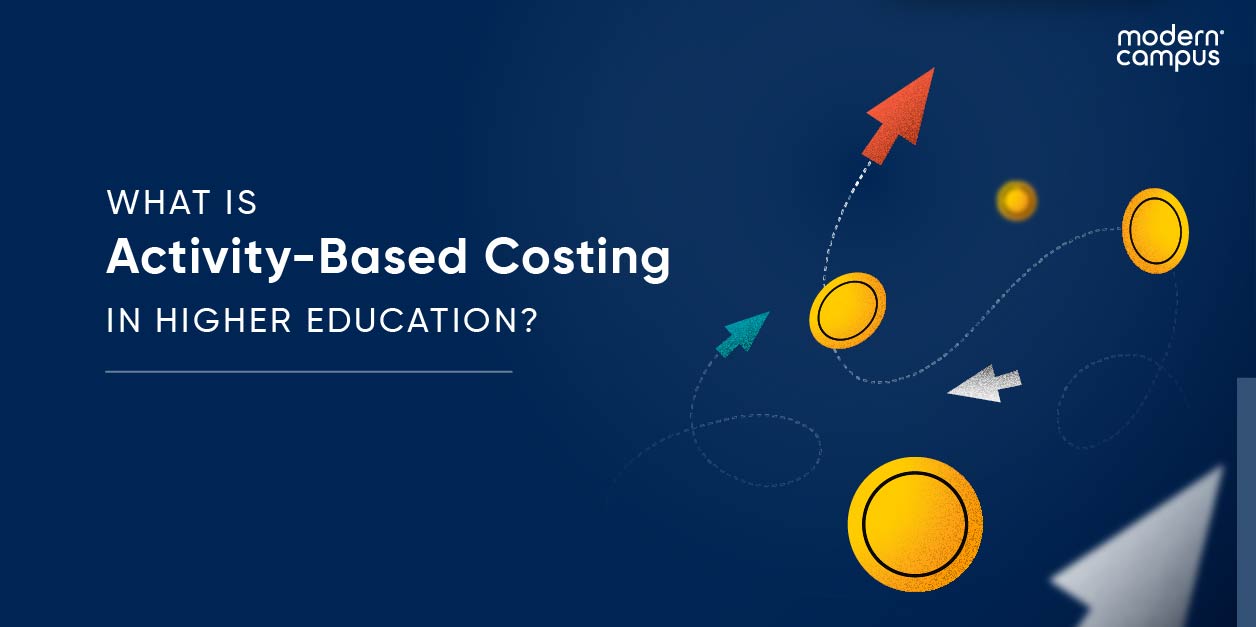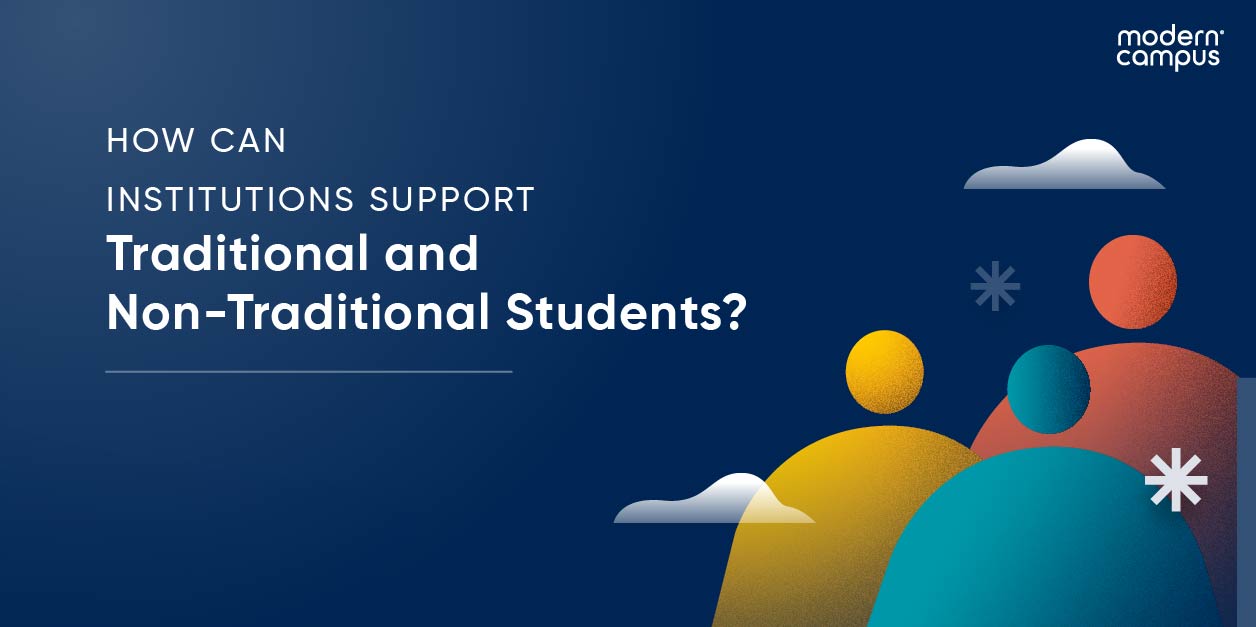Demystifying SEO for Higher Education: Tips for Colleges and Universities
Attracting and enrolling students in the modern era is challenging if you’re using outdated tactics.
Every year, fewer traditional students progress from high school to college. So the market for prospective learners gets more competitive annually. What’s more, today’s students behave like customers and conduct research online before making an enrollment decision.
Now more than ever, it’s imperative that your college or university invests in its digital presence. One of the most effective ways to do this is to create and implement an SEO strategy for your website.
In this post, we’ll answer the most pressing questions about SEO:
- What is SEO, and why is it important for higher education?
- How do I measure the effectiveness of my college or university website SEO strategy?
- Where does content fit in my SEO strategy?
- Does site structure affect SEO?
- Is SEO a one-and-done activity?
And to give you even more helpful information, we suggest downloading our white paper Increase Enrollment with SEO: An Action Guide for Higher Ed.
Let’s get started by taking a look at SEO and its importance to higher ed.
What is SEO, and why is it important for higher education?
Want to attract more organic traffic to your website? It’s time to get serious about a search engine optimization (SEO) strategy. SEO is a way to optimize your website so that when search engines crawl your website pages, they can identify the purpose of specific pages and catalog them so that they show up on the search engine results page (SERP).
The true measure of your higher ed SEO strategy is whether your website appears on page one in search results. Think about it: How many times do you actually visit page two to get info? Page three? Page ten?
According to a recent survey, the first five organic results on a SERP account for 67.60 percent of all clicks. Another data point to consider is that according to the recent E-Expectations® Trend Report, prospective high school students rank a college’s website as the most influential information resource they consult when researching a college or university. Stats like these show how important it is for you to get your website ranked on page one.
CTA GRAPHIC = SEO WP
How do I measure the effectiveness of my college or university website SEO strategy?
It’s one thing to implement an SEO plan, but it’s another to know whether you’re doing it right. This is where digital tools can help you measure the effectiveness of your SEO for higher education campaigns.
Google Analytics is a free measurement tool to help you analyze data so that you can see a complete picture of your website’s health and performance. Start by integrating Google Analytics with your website—preferably before you being any major redesign. This will give you baseline information on your site performance before and after a significant change. Google Analytics can be downloaded into reports so that you can dig deep into your website’s performance.
Google Search Console is another tool that can help you measure your site’s search traffic and performance. You can see which questions prospective students use to find your website, and you can submit sitemaps and individual website addresses for crawling. Google Search Console also has an inspection tool that provides detailed reports about crawl and index information for your pages.
Where does content fit in my SEO strategy?
Creating great content is the single best way to boost your SEO. It’s no coincidence that it’s also the best way to satisfy prospective students, because you’re giving them the information they want.
To do this, you need to regularly update your website with strong content. Text, images, and videos tend to earn higher search rankings, in part because they keep users engaged. Make your content as compelling as you can, and refresh it regularly.
Pay special attention to academic program pages where basic info stays relatively static. Add new photos, faculty snapshots, student success stories, or other features to keep these pages fresh.
Does site structure affect SEO?
Navigation is crucial to your website’s SEO. You want prospective students to be able to find the information they want fast and you want search engine crawlers to also find and catalog your website pages.
To boost SEO for your college or university website:
- Link to primary internal pages throughout your website.
- Include the most important links in your top menu and footer so that they’re included on every page.
- Keep your URLs to 59 characters or less so they’re easy to read.
If you’d like to delve deeper into the impact of navigation on your website, download College and University Website Redesign: The Ultimate Guide.
Is SEO a one-and-done activity?
EO is definitely not something you implement and forget. College and university website SEO must be an ongoing process if you expect to see results. Build time into your editorial and development calendar to ensure that SEO is a central part of your strategy. If you’re unsure about your website’s current health, get a checkup. The Omni CMS Insights module monitors your website’s health in key areas including SEO, accessibility, spelling, and links. With OU Insights, your CMS administrators and marketing team can easily identify and improve areas of concern that have a critical impact on your site visitors’ user experience and on getting your website actually seen.
Curious about the health of your website? Request a free Insights scan now.
GRAPHIC = Insights Dashboard
CAPTION = The Omni CMS Insights module monitors your website’s health in key areas including SEO, accessibility, spelling, and links.
Small Changes Make Big Impacts
There’s no getting around the constant maintenance required to keep your website current and optimized. However, when you build SEO process into your routine, you’ll begin to notice how the small subtleties you address will have big implications for your college or university’s digital presence.
There’s so much more you can learn about SEO. For more info and tips, download our white paper Increase Enrollment with SEO: An Action Guide for Higher Ed.
Last updated: February 5, 2021


